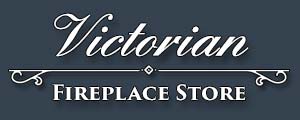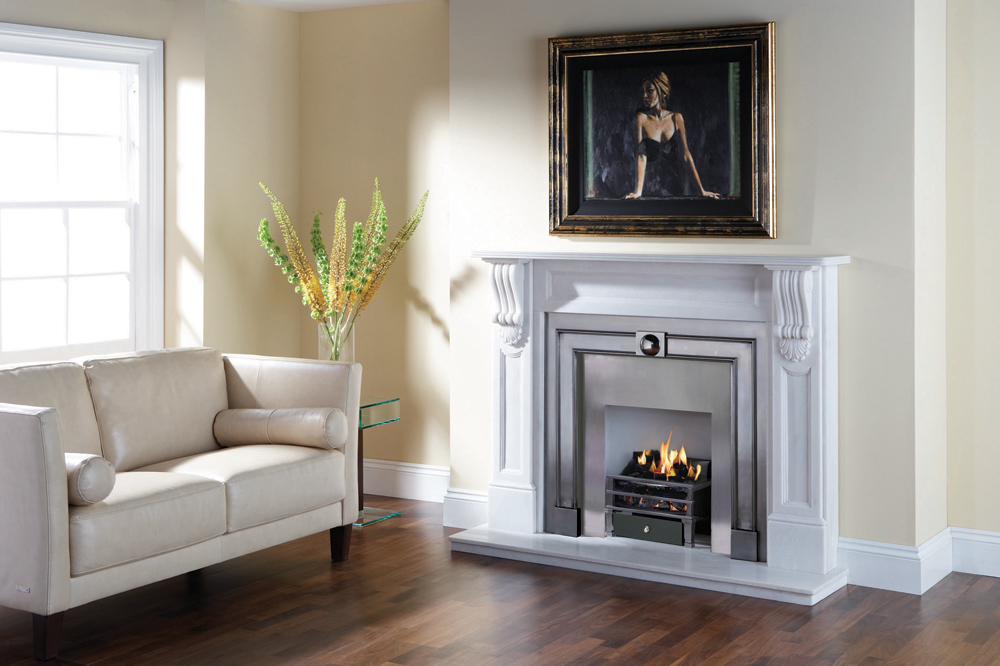Blog
Fireplace Building Regulations
Fireplace Building Regulations
For any home renovations you always need to make sure that you adhere to any building regulations that govern what you are doing. It is the same for building a fireplace and using an existing chimney. There are also chimney flue regulations that need to be adhered too to make sure that your home is safe after fireplace installation.
The building regulations are designed to keep you and your family safe. The easiest way to comply with any regulations about fireplaces and chimneys is to have the work carried out by a registered installer. A HETAS certified installer is able to make sure that your fireplace meets all regulations. If you happen to choose an unregistered engineer, you will need to have the work inspected by a building control officer. Below is an outline of the relevant building regulations for installing a new fireplace.





Building Regulations for Chimneys
Condition and suitability: The chimney must be inspected before to ensure that it is sound and structurally safe and it is the right size for the fireplace being installed. A smoke test needs to be carried out to check the chimney for gas tightness. If smoke leaks out anywhere you will need to have the chimney relined.
Relining: A chimney can be relined with a flexible metal flue liner but not all liners are designed for all fuels. You will need to make sure that the flue is installed in one complete length. The HETAS guide has all up-to-date information and is a good idea to check this site when you are considering any work to fireplaces.

Building Regulations for Flues
Solid fuel flue regulations will let you know what sort of flexible metal liner to use with each fuel.
Size: The size of the flue that is being installed must not be smaller than the size recommended by the manufacturer of the fireplace.
Height: A flue needs to be 4.5 metres tall and must be taller than the roof it is projected above. The total height does depend on the height on the building and chimney.
Distances: HETAS flue regulations state that a single skin uninsulated flue must be at least 3 times its diameter away from the wall and any combustible materials. If you are using a heat should behind the flue the distance can be halved. There also needs to be a 12mm gap between the shield and the combustible materials.
HETAS flue regulations state that a double skinned and insulated flue needs to be 50mm clear of all combustible materials.

Building Regulations for Hearths
Materials: The hearth for your fireplace is also governed by HETAS regulations and state that it must be made from a non-combustible material so any fuel that falls onto it will not set the hearth on fire.
Size: The fireplace hearth must extend a distance of 300 mm in front of the fireplace and for a distance of 150 mm from each side of the fireplace.
Thickness: The thickness of your hearth will depend on whether your fireplace has been temperature tested for maximum temperatures. If the temperature will not exceed 100 degrees Celsius, the hearth needs to be at least 12mm thick. If your fireplace is untested the hearth will need to be 125mm thick with a 50mm air space beneath or 240mm solid thickness.

Building Regulations for Fireplace Ventilation
As a fireplace uses air from the room for combustion, there needs to be an open vent with at least a cross sectional area of 550mm for every kW of heat produced above 5kW. The vent can be in the floor or wall and can be vented to a loft if it has a permanent vent to the outside.
Data plates: Fireplace building regulations state that a data plate must be secured next to the fireplace if any alterations have been made to it.
The plate needs to have then following information:
– Date alterations made
– Location, type and size of flue
– Type of heating appliance used
How much does installing a fireplace cost?
The cost of installing a fireplace will depend on the fireplace chosen. If you choose a gas fireplace then there are HETAS standards that will list gas fire regulations. The cost of installation can include such variables as:
– Altering the existing fireplace opening for new fire
– Include a surround and fireplace package
– Extending a hearth
– Fireplace packages
– Labour
The more elaborate the fireplace package is, the more expensive it will be to buy. If you already have a mantle and surround all you will need to spend is money on a fireplace.

